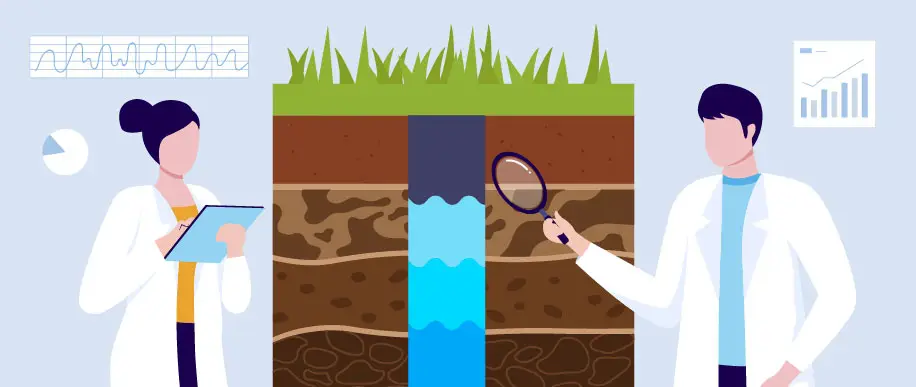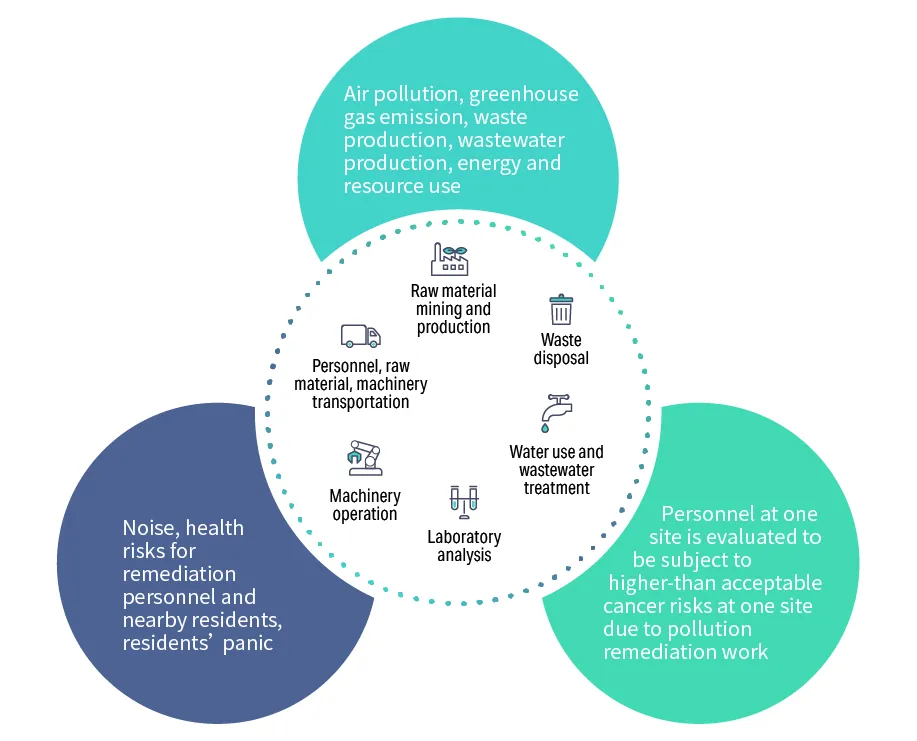 Remediation Technique Optimization
Remediation Technique Optimization
To improve soil and groundwater pollution improvement results in the country, the administration initiated the Soil and Groundwater Pollution Remediation Research Grant Program in 2010. On Oct. 22, 2012, it established the "Soil and Groundwater Pollution Remediation Fund Subsidiary for Research and Pilot Test Project," subsidizing public and private universities, public research institutions, and academic research foundations to carry out innovative technological research and development on soil and groundwater pollution investigation, assessment, remediation, and rehabilitation, enhancing local technology development capacities. The administration also facilitates cross-sector collaboration between industry and academia, applying these technologies in the field to assist in the remediation and rehabilitation of pollution sites.
The administration established the "Soil and Groundwater Remediation Resource," which contains extensive information on soil and groundwater pollution investigation and remediation technologies, allowing the public to stay updated on local research advancements while showcasing the potential for local technology applications internationally. The platform incorporates an AI search function, providing automated access to technical introductions, real cases, and technical documents, offering first-hand and practical resources. Through diverse channels such as an online cloud platform and physical seminars held by the administration, industry, government, and academia can interact effectively, accelerating solutions for domestic pollution site remediation challenges.

To provide reliable and practical soil and groundwater pollution remediation technologies for Taiwan's pollution sites, as well as to promote outstanding domestic remediation companies and technologies both locally and internationally, the administration has planned a three-phase approach to implement through different systems the certification of technologies related to soil and groundwater pollution remediation.
Objective: to select remediation companies with high-quality remediation techniques and well-managed remediation projects from sites that have completed remediation and been delisted after 2016.
Method: grant a "Certification of Completed Pollution Site Remediation Technique" according to the "Review and Issuance Procedure for Certification of Completed Pollution Site Remediation Technique." This certification (issued by the Environmental Management Administration for remediated sites and by environmental protection bureaus for controlled sites), serves as an officially recognized proof of performance, indicating good technical application and management by the company during remediation. Summarized information about these successful cases, including company details and remediation processes, is organized by site type and environmental conditions and published online for easy reference and consultation by the public.
Objective: targeted at technology developers, owners, and implementers with technical execution capabilities.
Method: referencing the principles of ISO 14021, the "Soil and Groundwater Pollution Remediation Technology Effectiveness Certification Application Review and Management Guidelines" are established to appraise the functionality of existing soil and groundwater technologies, methods, equipment, and treatment materials. A self-declaration format is used to outline the technology's characteristics in the remediation process, including principles, operational methods, and environmental benefits. Following expert review, the Environmental Management Administration grants a document confirming the technology's effectiveness to enhance the credibility of remediation technologies.
Objective: targeted at technology developers, owners, and implementers with technical execution capabilities.
Method: emphasize the innovation and improvement of localized technology, using ISO 14034 and ISO 17020 as foundational frameworks to facilitate international alignment of verification results.
Green sustainable remediation applies techniques, methods, or management practices at any stage of the pollution site remediation process that accounts for environmental quality, social equity, and economic efficiency. The goal is to reduce the overall environmental footprint and impact, align with shared social interests, and minimize economic drawbacks.


- Data Source: Soil and Groundwater Pollution Remediation Fund Management Board
- Publish Date: 2024-11-28
- Update Date: 2025-11-06

 Related Topics
Related Topics



